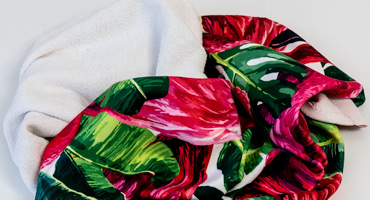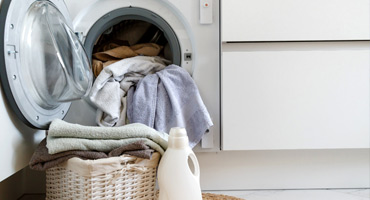Waterproof fabrics can vary greatly in how much water they can withstand, and one of the main factors is whether the material is breathable or not.
Waterproof fabrics have many advantages and their main purpose is to keep water out. There are many materials that are made of pure plastic and are naturally waterproof, such as clear PVC or KISS laminated PVC.
Hydrophobic fabrics
This category consists of fabrics that are designed to repel water, but not 100%. For example, a fabric may have a coating that helps water drain from its surface, but only for a limited time. The level of water resistance of a fabric depends on the length of time it is exposed to water, as well as the coating.

Fabrics such as Teflon and neoprene coated fabrics are designed to last a certain amount of time before the material becomes soaked. Waterproof fabrics can vary greatly in how much water they can withstand, and one of the main factors is whether the fabric is breathable or not. Breathable fabric means that it allows water vapour from our bodies to pass through the fabric via microscopic holes in the fabric. The coating on the fabric surface will only repel water for a limited time, and this will still depend on how heavy the rain is and how long the downpour lasts. For example, a lightweight, breathable fabric may withstand short showers or drizzle, but will soak through after a longer period of heavy rain.
Some fabrics that may be weatherproof will not be completely waterproof because they have no additional coating or have a minimal level of waterproof coating on their surface. Some of these fabrics have a more natural composition, traditional fabrics such as canvas and wool. For a long time, very thick canvas tarps have been used for camping tents. Cotton canvas allows some air to enter and warms the body, so the interior remains at a moderate temperature. Wool can also be relatively weatherproof when woven and formed into a very dense fabric, hence its popularity as an outerwear fabric.
It is important for waterproof clothing that the fabric used to sew it is well breathable. Thanks to the weaving process (cotton - 60% on the inside, polyester - 40% on the outside with a water and oil protective finish), these fabrics are able to meet this most basic parameter of breathability. In order to maintain the waterproof properties of the fabric for longer, it is recommended to iron its right side with an iron at 150°C after each wash.






